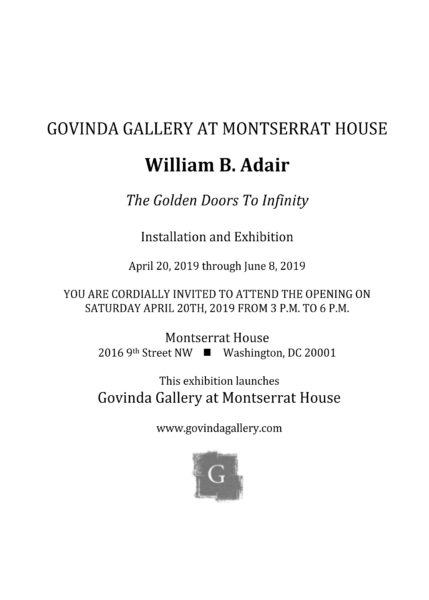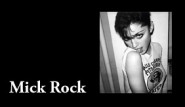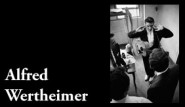 Removal of Doubt Door, 2015, Gold Leaf, Acrylic, Ink & Oil.
Removal of Doubt Door, 2015, Gold Leaf, Acrylic, Ink & Oil.

Invitation to the opening on April 20th.
 The Guilder’s Door, 2019, Amboy Crater, Mojave Desert.
The Guilder’s Door, 2019, Amboy Crater, Mojave Desert.
William B. Adair is producing a multifaceted, ongoing conceptual art project, where abandoned doors become portals to cross-generational discourse, carrying with them the voices of artists and individuals. Collecting discarded doors and covering them with gold, Adair then presents them to the public to be written and marked upon. These “golden doors to infinity” absorb the thoughts, words and images of their surrounding communities on an ever-changing surface, overlapping, abrading and referencing the history and value that they are built upon. Functioning as living timelines of interpersonal histories, the doors are covered in gold and the viewers become participants in their creation.
Adair’s unique background as a visual artist has engrained in him a deep knowledge of visual history, he sees not just into a work of art from the outside, but out from the artwork and into the world it reflects.
This is the first public installation of the Golden Doors to Infinity project.
 Cosmic Star Light, 2012, 18″ x 24″, Watercolor study.
Cosmic Star Light, 2012, 18″ x 24″, Watercolor study.
 William B. Adair in the Mojave Desert.
William B. Adair in the Mojave Desert.
 “Untitled” by Tom Meyer
“Untitled” by Tom Meyer







































































 Cindy Lauper © William Coupon
Cindy Lauper © William Coupon
























 John Lennon Copyright © Max Scheler. All Rights Reserved.
John Lennon Copyright © Max Scheler. All Rights Reserved.  The Beatles Copyright © Astrid Kirchherr. All Rights Reserved.
The Beatles Copyright © Astrid Kirchherr. All Rights Reserved. 















 Dylan at his desk #2. 161 W 4th Street. 1964. Copyright © Ted Russell. All Rights Reserved.
Dylan at his desk #2. 161 W 4th Street. 1964. Copyright © Ted Russell. All Rights Reserved.




















 About to go on stage. Gerde’s Folk City. Greenwich Village. 1961. Copyright © Ted Russell. All Rights Reserved.
About to go on stage. Gerde’s Folk City. Greenwich Village. 1961. Copyright © Ted Russell. All Rights Reserved. © Allan Tannenbaum
© Allan Tannenbaum
























 “Decades 80s” By Ronnie Wood.
“Decades 80s” By Ronnie Wood.




















 The Who, New York City, 1968. Copyright © Art Kane Archive. All Rights Reserved.
The Who, New York City, 1968. Copyright © Art Kane Archive. All Rights Reserved.  In 1958, Kane assembled 58 of the greatest legends in jazz in what was to become his most recognized image, Harlem, 1958. The documentary film A Great Day in Harlem was made about this photo. In the 1960s and 1970s, Kane photographed many of the most celebrated musical acts of the time, including the Rolling Stones, Cream, the Doors, Janis Joplin, Bob Dylan and The Who.
In 1958, Kane assembled 58 of the greatest legends in jazz in what was to become his most recognized image, Harlem, 1958. The documentary film A Great Day in Harlem was made about this photo. In the 1960s and 1970s, Kane photographed many of the most celebrated musical acts of the time, including the Rolling Stones, Cream, the Doors, Janis Joplin, Bob Dylan and The Who.


















